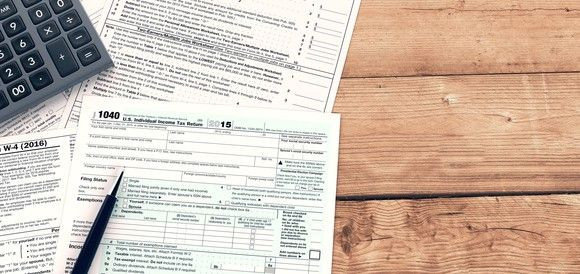Got Losses? IRS Makes It Easier To Claim Losses On Your Taxes

Do you have losses, or are you expecting some? These days, that sounds like a silly question. How losses are treated under the tax law is an important and complex question. After all, in general, our tax system requires you to treat each tax year separately. You tally up your income, deductions and other items and figure your tax bill for the year based on that. However, the rules for claiming net operating losses—NOLS—are a kind of exception.
Subject to a number of details, you can sometimes apply a loss in one year to reduce your tax in another year. There were always limits, but under the tax bill Congress passed in late 2017, claiming net operating losses became much tougher in 2018 and thereafter. It cut them to offsetting 80% of taxable income and removed the ability to carry back NOLs to prior tax years.
But as part of the government’s COVID-19 response, the CARES Act helps in a big way. For tax years starting after Dec. 31, 2017, and before Jan. 1, 2021—that’s 3 calendar years of losses that you incurred in 2018, 2019, or 2020—the new law allows you to carryback 100% of these NOLs to the prior five tax years.
Losses that are carried back are carried to the earliest of the tax years to which the loss may be carried first. You have to work out the mechanics of claiming these, but it’s a sweet deal if you are in the sour position of having losses. With COVID-19, there will be lots of business with losses for 2020. How about NOL carryforwards? The CARES Act liberalizes the treatment those too, at least for time.
If you want, you can waive the carryback, and can elect to carry NOLs forward to subsequent tax years. Furthermore, for 2018, 2019 and 2020, corporate taxpayers can use NOLs to fully offset their taxable income, rather than only 80% of taxable income. For tax years beginning before 2021, taxpayers can take an NOL deduction equal to 100% of taxable income (rather than the present 80% limit).
What happens in 2021? For tax years beginning after 2021, taxpayers will be eligible for: (1) a 100% deduction of NOLs arising in tax years before 2018, and (2) a deduction limited to 80% of taxable income for NOLs arising in tax years after 2017. Under the CARES Act, corporate taxpayers with eligible NOLs may now be able to claim a refund for tax returns from prior tax years.
For corporate taxpayers, NOLs carried back to pre-2018 years—when corporate tax rates were a whopping 35%—are more valuable than losses used to offset income taxable at the current 21% rate. Thus, a corporation can carry back its 2018, 2019, and 2020 NOLs to offset pre-2018 ordinary income or capital gains that were taxed at rates of up to 35%. Think of it as a kind of tax-rate arbitrage, so you can get a tax refund based on the old higher tax rate.
The IRS has already announced implementing rules for these important changes. Revenue Procedure 2020-24 provides guidance to taxpayers with net operating losses that are carried back under the CARES Act. What’s more, the IRS is also giving you an extra six months to file. In Notice 2020-26, the IRS grants a six-month extension of time to file IRS Form 1045 or Form 1139 for a carryback of an NOL that arose in any taxable year that began during calendar year 2018 and that ended on or before June 30, 2019.
Robert W. Wood is a tax lawyer and managing partner at Wood LLP. He can be reached at Wood@WoodLLP.com
© Copyright IBTimes 2024. All rights reserved.





















